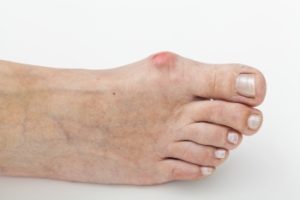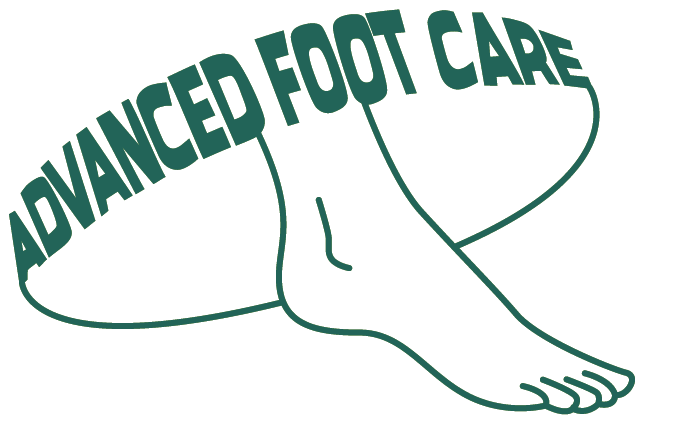Bunions: Symptoms, Treatment, and Prevention
 Bunions are a potentially painful foot deformity. Podiatrists are more likely to diagnose women in Chicago with bunions. This is because women are more likely to wear narrow footwear that forces the toes to press together.
Bunions are a potentially painful foot deformity. Podiatrists are more likely to diagnose women in Chicago with bunions. This is because women are more likely to wear narrow footwear that forces the toes to press together.
Over time, the force against the toes can cause the big toe to shift toward the adjacent toe. Gradually, the bone structure changes, causing the bony bump that is characteristic of bunions.
Symptoms of Bunions
The largest joint of the big toe is the metatarsophalangeal (MTP) joint. It’s located at the base of the big toe. A bunion begins to form when the phalanx bones shift toward the adjacent toe and the metatarsal bone shifts in the direction of the inside of the foot. These shifts cause the MTP joint to protrude outward. It also becomes enlarged and inflamed. Initially, patients may only notice a small protrusion. This will get larger over time. Bunions can also become painful, especially when walking and while wearing tight, narrow shoes.
Calluses can form because of the friction between the toes. Some patients will observe that the bony protrusion appears reddened and swollen. Over time, the big toe can become stiff, and motion can become restricted.
Treatments for Bunions
It’s not possible for nonsurgical treatment to reverse a bunion. However, if the condition isn’t too severe, conservative therapies may be enough to relieve the symptoms and prevent the bunion from getting worse. One of the most important steps to take is to modify footwear. It’s essential to select shoes with a wide, roomy toe box. The shoes should be large enough to accommodate bunion padding.
Applying ice packs and using nonsteroidal anti-inflammatory drugs (NSAIDs) can help with the pain. If surgery is needed, the podiatrist will choose the best approach for re-aligning the bones, tendons, and ligaments. It’s an outpatient surgery, but the recovery is lengthy, and following discharge instructions is crucial.
Prevention of Bunions
Preventing bunions is fairly simple. Foot doctors can recommend appropriate shoes that won’t crowd the toes and cause misalignment. There should be enough space between the shoe and the tip of the big toe. Avoiding excessively narrow shoes is a must.
